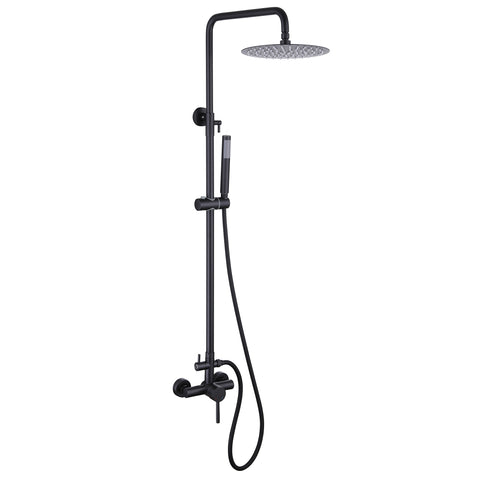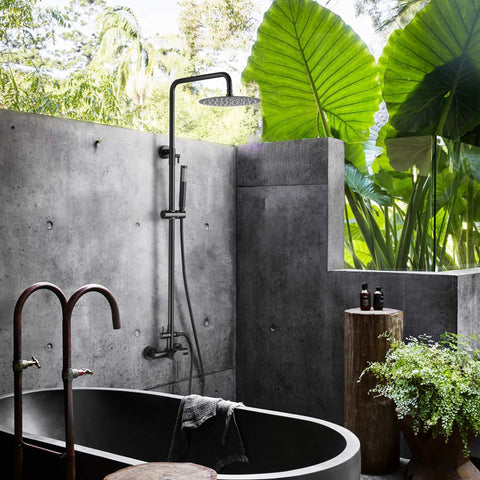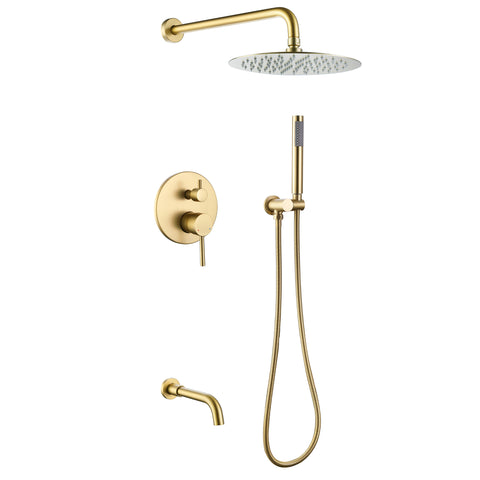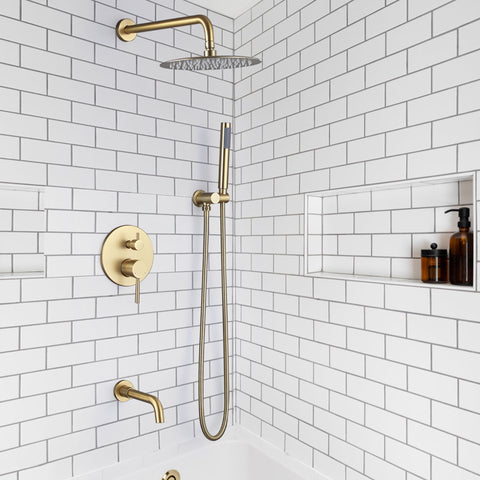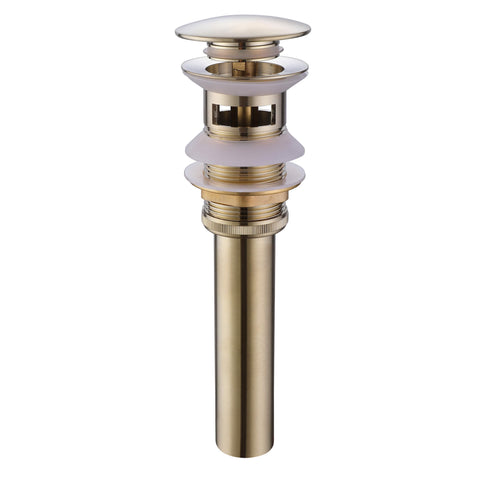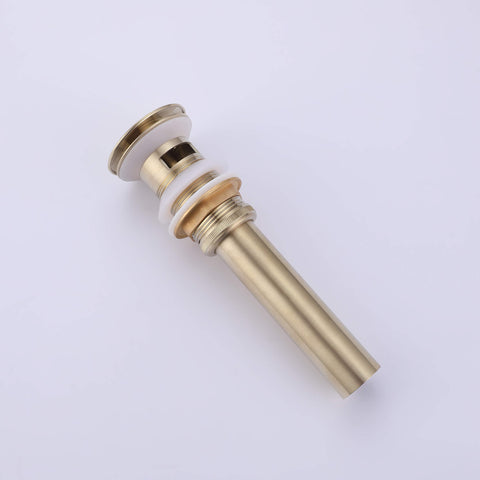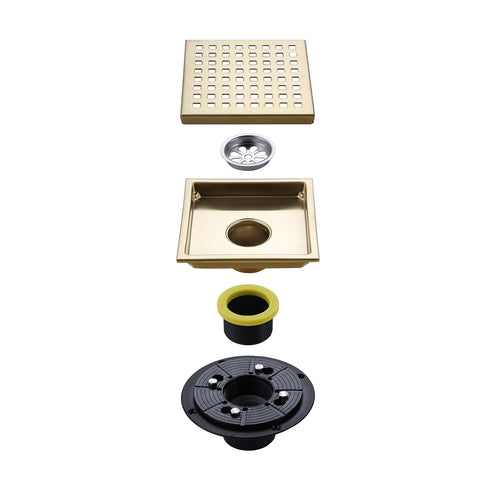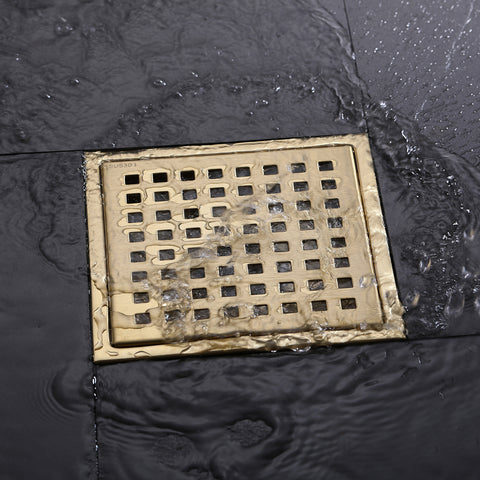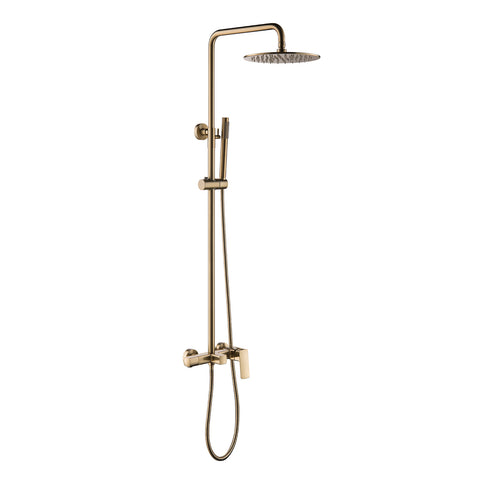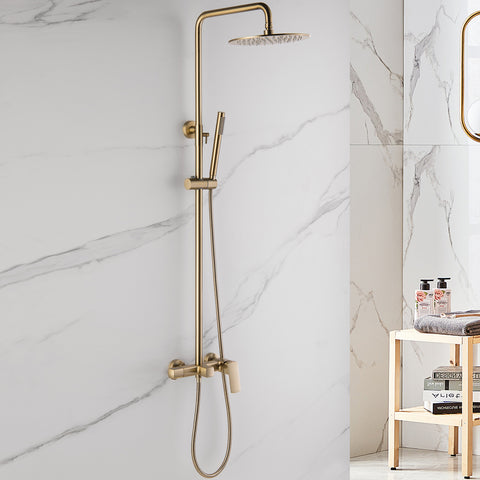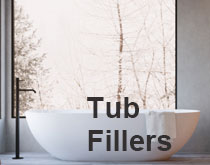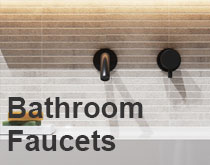Introduction to Shower Drains and How to Choose the Right One
A well-designed shower not only adds aesthetic appeal to your bathroom but also enhances your bathing experience. While many aspects contribute to a functional and visually appealing shower, one crucial component that often goes unnoticed is the shower drain. A properly functioning shower drain plays a vital role in preventing water buildup and maintaining a clean and hygienic bathroom. In this blog post, we will introduce you to shower drains and provide you with essential tips on how to choose the right one for your needs.
Understanding Shower Drains
A shower drain is a plumbing fixture located at the base of the shower that facilitates the removal of wastewater. It prevents water from accumulating and helps maintain proper drainage, preventing water damage to your bathroom floor. Shower drains consist of several components, including the drain base, strainer, and waste pipe, each serving a specific purpose in the drainage system.
Types of Shower Drains
Point Drains: Also known as center drains, these are the most common type of shower drains. They feature a round or square drain opening located at the center of the shower floor. Point drains are versatile and can be used in various shower designs. They offer efficient water drainage and are relatively easy to install.
Linear Drains: Linear drains, also called trench or channel drains, offer a modern and sleek design element to your shower. These drains have a long, narrow shape and are installed along one side or multiple sides of the shower. Linear drains provide a larger drainage area and are ideal for showers with larger tiles or natural stone flooring.

Choosing the Right Shower Drain
When selecting a shower drain, several factors should be considered to ensure optimal performance and compatibility with your shower design:
Drain Capacity: Consider the expected flow rate of your shower and choose a drain with an adequate capacity to handle the water volume efficiently. This is particularly important for showers with high-pressure showerheads or rainfall shower systems.
Material and Durability: Opt for shower drains made from high-quality materials such as stainless steel or brass. These materials offer excellent durability, corrosion resistance, and longevity, ensuring that your drain remains functional for years to come.
Design and Style: The design of the drain and its cover should complement your overall bathroom aesthetics. Choose a strainer or grate style that matches your bathroom's theme, whether it's sleek and modern or classic and traditional.
Installation: Consider the ease of installation when choosing a shower drain. Some drains require specific modifications to the floor structure, while others can be installed directly into existing plumbing systems. If you're unsure about the installation process, it's advisable to consult a professional plumber.
While often overlooked, a well-chosen shower drain is an essential element in creating a functional and visually appealing shower space. By understanding the different types of shower drains available and considering factors such as drain capacity, material, design, and installation, you can select the perfect shower drain that complements your bathroom design while ensuring effective water drainage. Invest in a high-quality shower drain, and enjoy a pleasant and hassle-free shower experience for years to come.
